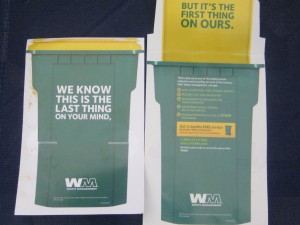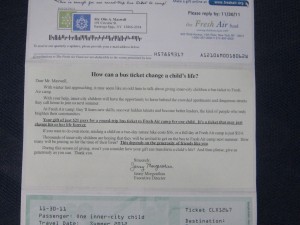The other day I got hot under the collar about what was basically a trivial matter. The outsourced customer service function of American Express needed appropriate phrases to express appropriate reactions when a customer called because their credit card was declined. Quite possibly because of cultural differences, the scripted responses weren’t appropriate at all.
But why would a company even want to banter with the customer in the first place? This is not a marriage or personal relationship where you are trying to gain the upper hand. There’s a customer service policy in place to handle whatever concern the customer is contacting you about. Just deal with it, as efficiently is possible. Don’t embellish the dialog in a way that can turn a neutral situation into a negative.
At the other end of the spectrum, if the customer has a complaint or request and your policy is to honor it, there is nothing wrong with an additional coating of obsequiousness. An example is this response from amazon.com when I downloaded a Kindle book thinking it was free through the Prime lending library and discovered I was charged for it.
First, let me apologize for any inconvenience caused by this issue. I do understand how frustrating this must have been to you. We value our customers’ trust above all else–it is the foundation upon which Amazon.com was built. Please know that this situation was the result of a combination of technical and human errors, and that in no way did we intend for this to happen.
Over the top? You bet. Did it cost Amazon any more than a simple notice that my charge had been reversed? Not a penny. Will this make me more likely to give more money to Amazon? Absolutely.

